#umpqua watershed
Photo
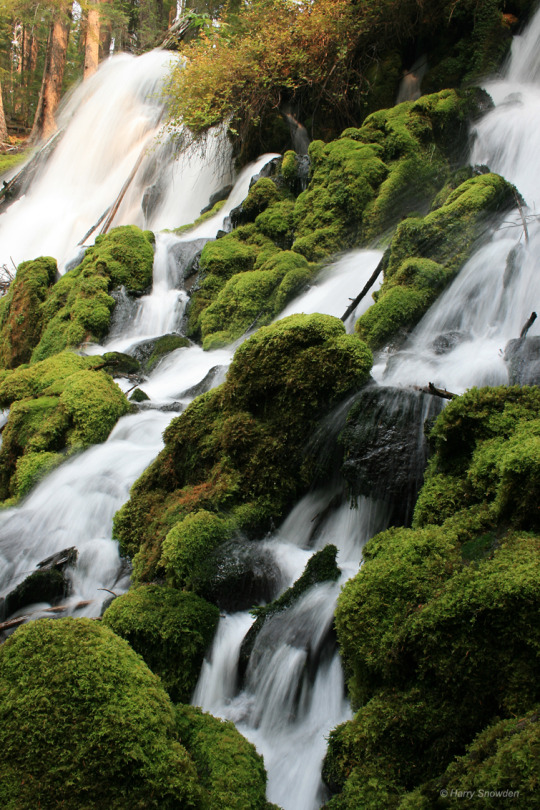
Mossy Cascades - Oregon
Harry Snowden
#waterfalls#oregon#pnw#photographers on tumblr#moss#nature#hiking#Oregon Cascades#harry snowden#umpqua watershed
1K notes
·
View notes
Link

Excerpt from this press release from the Center for Biological Diversity:
The Center for Biological Diversity, Native Fish Society and Umpqua Watersheds filed a notice today of their intent to sue the National Marine Fisheries Service to force it to decide whether Oregon coast spring-run Chinook salmon warrant protection under the Endangered Species Act. The decision has been overdue since last September.
Spring Chinook once thrived in all of Oregon’s coastal watersheds but have disappeared from many rivers due to logging, roads, and other sources of habitat degradation like dams and poorly run hatcheries. Spring-run Chinook no longer exist in the Siuslaw, Coos or Salmon rivers, and only small runs remain in the Tillamook, Nestucca, Siletz, Alsea and Coquille rivers.
While the North Umpqua River supports the only remaining large spring-run Chinook population along the Oregon coast, by contrast, the South Umpqua River population is severely depleted, with only 51 adult springers returning in 2019.
“We can’t stand idly by and allow our beloved springers to be another casualty of science denial,” said Meg Townsend, a staff attorney at the Center for Biological Diversity. “The science is clear that genetically distinct, spring-run Oregon coast Chinook desperately need protection now. The loss of these magical, early-returning salmon would be truly devastating.”
Recent scientific studies show that spring-run fish are genetically distinct from the more abundant fall-run Chinook. The evolution of early-returning fish occurred in both salmon and steelhead trout millions of years ago. This difference in spawning-run timing is highly unlikely to occur again if these distinct populations are lost.
Four salmon hatcheries operating on the Oregon coast artificially breed spring-run salmon. The goal of these hatcheries is to produce fish for anglers, but in recent years there have not been enough returning adult salmon to produce the next generation.
8 notes
·
View notes
Text
WFS 300 - Celebrating the Life of Frank Moore (EP 46 Re-Released)
Show Notes: https://wetflyswing.com/300
Sponsors: https://wetflyswing.com/sponsors
I am pleased to share my podcast interview with Frank Moore, one of the best episodes of the podcast year. Frank shares his amazing 95 years as a fly fisherman, WWII veteran, and conservationist.
Frank takes us back to some amazing old stories of some of the famous people he has fished with over the years. He also shares some truly timeless steelhead tips. In fact, one of them already helped me land a steelhead!
Show Notes with Frank Moore
14:25 - Frank talks about his experience storming the beaches during D- Day in World War II. Here's a video clip from the crazy moving Saving Private Ryan and that experience. Note - This video is intense and is not for the faint of heart.
20:00 - Curly Reynolds was a mentor for Frank early on in his life and the person who showed him the river. Although Curly always insisted that he fishes through first.
21:00 - Clarence Gordon is another friend and famous person on the North Umpqua.
29:00 - Romer Grey was a very good steelhead fisherman and the son of Zane Grey.
30:00 - Jack Hemmingway was the first person to bring the spey rod to the Umpqua.
41:00 - Jack Decius was a chemist, good friend, and steelhead addict.
49:00 - The movie Mending the Line is about Frank's life and his journey back to Germany and the rivers he saw while in the war.
52:00 - The movie Pass Creek was created because of the conservation work that Frank spearheaded back in the early 1960s.
55:50 - The Frank Moore Wild Steelhead Sanctuary Act= is a bill still working its way through Congress to protect a large tract of the Steamboat Creek watershed.
59:00 - The Skunk or the ugly Mudler are Frank's go-to flies. I put on an old skunk after the interview and caught a beautiful wild fish on one of Frank's classic pools!
59:40 - Dan Callaghan was the person who invented the Green Butt Skunk.
1:09:00 - The hyperbaric oxygen chamber has been noted as helping people with multiple sclerosis.
1:12:00 - Interview with Doug Stewart in episode 31 of the show. There were times in the interview where Frank reminded me of my dad, including the time when he noted why he never picked up spey casting.
1:20:00 - Project Healing Waters is an amazing national organization that is helping veterans by getting them into fly fishing and fly tying. At 95, Frank and Jeanne still help injured veterans at there place on the river.
1:24:00 - Joel runs the Royal Treatment Fly Shop and is a good friend of Frank and Jeanne.
1:24:00 - Here is the Dean Finnerty episode where we also covered fishing the North Umpqua.
Conclusion with Frank Moore
That was such a great experience for me and I hope you also appreciate that interview and the life Frank Moore has lived. At 95, he's still sharp and a pleasure to spend a few hours with Frank and Jeanne.
Show Notes: https://wetflyswing.com/300
Check out this episode!
0 notes
Text
0 notes
Photo

I recently had the privilege of teaming with my favorite cool-kids @jolbyandfriends to draw up some fancy-pants window graphics for the @patagonia store in downtown Portland! @patagoniaportland has partnered with the Umpqua Watersheds Group to promote the conservation of Oregon’s breathtaking Crater Lake National Park wilderness and needed some graphics to help educate the public about this important cause, and I feel honored to have done any part to help protect this national treasure. Swing by the Patagonia Store at SW 13th and Burnside to check out the mural or learn any more information about the project! Extra special thanks to @zachumz for bringing my drawing to life, @ianjwhitemore for the lovely photography, and to @brettpstenson for the insightful art direction! . . . . . #design #graphicdesign #illustration #illustrator #mural #muralpainting #vector #picame #illustree #thedesigntip #madeinpdx #oregon #patagonia #patagoniaportland #craterlake #craterlakenationalpark #nationalpark (at Patagonia W Burnside)
#mural#thedesigntip#illustrator#vector#graphicdesign#patagonia#patagoniaportland#craterlake#nationalpark#muralpainting#illustree#illustration#madeinpdx#oregon#picame#design#craterlakenationalpark
1 note
·
View note
Text
Pacific Region Tribes to Receive Nearly $1 Million To Protect Species and Restore Habitat
Native Americans have a unique relationship to and understanding of the land and its wildlife. They have a controlling interest in more than 52 million acres of tribal trust lands as well as an additional 40 million acres held by Alaska native corporations. Tribal Natural Resource programs rely on science as well as traditional ecological knowledge to protect species, conserve resources and restore habitat. Through the U.S. Fish and Wildlife Service’s Tribal Wildlife Grant Program (TWG), funding is provided to strengthen our partnership with the tribes and to assist in the conservation of tribal land and the recovery of wildlife, especially those species that are in decline. Funding for this competitive grant program has successfully addressed tribal needs for the protection, restoration, and management of habitat to benefit fish, wildlife, and their habitat including non-game species for more than 14 years.

Today, the U.S. Deputy Secretary of the Interior, David Bernhardt, announced funding that gives support for a diverse array of species and habitats across the country. Nearly $1 million has been awarded to support six projects in the Pacific Northwest, ranging from elk monitoring efforts to in-stream habitat restoration to protect native fish species. For a complete list of awarded project go to https://wsfrprograms.fws.gov/Subpages/GrantPrograms/SWG/SWG_Funding.htm
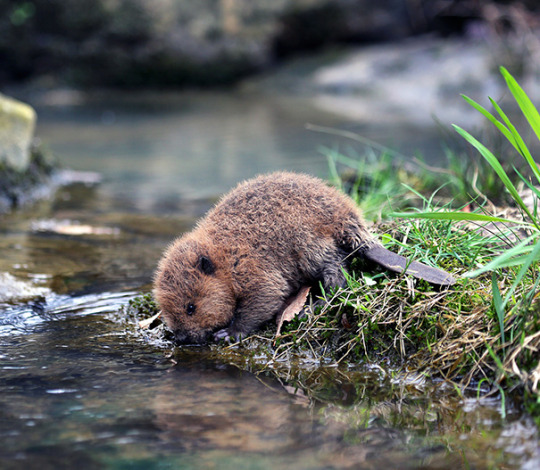
This successful grant program, established in 2003, has assisted Native Americans and Alaska Natives with conservation goals that encompass a wide range of wildlife and habitats, including species of Native American cultural or traditional importance and species that are not hunted or fished. The TWG program has included technical and financial assistance for the development and implementation of projects (including non-game species) that benefit fish, wildlife, cultural and natural resources. The grants have enabled tribes to develop increased management capacity, improve and enhance relationships with partners including state agencies, address cultural and environmental priorities, and heighten interest of tribal students in fisheries, wildlife and related fields of study.

More than $951,000 in Tribal Wildlife Grants is awarded to tribes in the Pacific Northwest:
The Confederated Tribes of the Warm Springs Reservation will receive $123,609 for habitat restoration on Fox Creek. This sub-watershed of the North Fork of the John Day River is a critical spawning and rearing tributary for listed threatened Mid-Columbia River steelhead. This project will increase complex instream aquatic habitat along 4 miles of Fox Creek with the removal of fish passage barriers, reconnection of historic channel meanders and enhanced floodplain connections. The Tribe will plant native riparian vegetation along the project length of Fox Creek, including all wetland/wet meadow areas that will provide increased cover, shading, bank stability, and habitat complexity. This project demonstrates the collaborative conservation effort by the Tribe and their partnership with numerous state, Federal, and non-governmental entities.

The Cow Creek Band of Umpqua Tribe of Indians has been awarded $189,887 for their Dole Road Elk Population Study. This project reflects a Tribal priority acknowledging the historical importance of elk on Tribal subsistence, cultural practices, and traditional lifeways. During this two year project, the Tribe will collaborate with the Oregon Department of Fish and Wildlife and the USDA Animal and Plant Health Inspection Service to undertake research and monitoring studies to document elk populations, their health, herd size and where the Dole Road elk herd likes to hang out. This will be undertaken by capturing and fitting a few elk with GPS collars and eartags. Data collected from monitoring elk location will allow the Tribe to develop an Elk Management Strategy specific to the Dole Road site, and establish elk population targets for next 50 years.
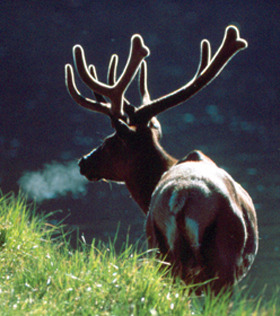
The Kalispel Tribe of Indians will receive $96,081 for the South Selkirk Mountain Caribou Maternal Penning Project. Declining populations of this extremely rare subspecies of caribou in the Selkirk Mountains have caused concern among Federal and state wildlife agencies. By working with partners like the Selkirk Caribou International Technical Working Group, of which the Tribe is a part, this project will collect essential data and provide land managers guidance on how best to recover this subspecies. The project will require capturing females in late winter and placing them in a small predator exclosures, allowing them to calve and provide time for the calf to grow in the absence of predators. Biologists will also use location data from the collared animals to help determine areas that the herd shows fidelity to and to monitor and secure the areas with fences and patrolling rangers.

In northern Washington, the Puyallup Tribe of Indians was awarded $199,592 to continue elk management activities for the South Rainier Elk Herd. Funding for this project will allow the tribe to conduct specific habitat improvement projects in the critical winter and summer habitat range of the South Rainier Elk Herd. This project will lay the foundation for maintaining sustainable elk populations for years to come by conducting spring and fall elk surveys and continue to collect and analyze data on previously radio-collared elk to gather valuable information on annual cow elk survival and to stabilize and increase the elk herd size.
The Skokomish Indian Tribe of Western Washington will receive $142,524 to evaluate the role predators have on the decline of the elk populations in the area. Previously, there have been no studies on the cougar population living within the Tribe’s Usual and Accustomed Areas. This study will provide baseline information on the predator/prey interactions and will allow for the monitoring of these populations over time to determine if they are stable, increasing or decreasing. Partnering with other tribes, the Skokomish Tribe will share information resulting from the study the cougar and elk populations, which will help develop a broader understanding of these species within the Olympic Peninsula.
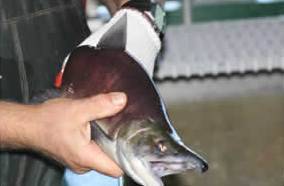
Lake Sammamish native kokanee will benefit from the $200,000 awarded to the Snoqualmie Indian Tribe for their ‘Priority Habitat Restoration Actions for Lake Sammamish Native Kokanee’ project. As part of a multi-stakeholder collaborative conservation effort, the Tribe will enhance critical spawning habitat along two important tributaries to Lake Sammamish. The Tribe’s the project is essential to boost and preserve the imperiled late run native kokanee salmon population, which is an important cultural resource and historical year round food source for the Tribe.

TWG funds are provided exclusively to fund wildlife conservation by federally recognized Native American tribal governments, and are made possible under the Related Agencies Appropriations Act of 2002 through the State and Tribal Wildlife Grants Program. Proposals for the 2018 grant cycle are due Sept. 1, 2017.
For a complete list of the 2017 Tribal Wildlife Grant awards, click here : https://wsfrprograms.fws.gov/Subpages/GrantPrograms/SWG/SWG_Funding.htm
For additional information about Native American conservation projects and the Tribal Wildlife Grants application process, visit http://www.fws.gov/nativeamerican/grants.html or http://www.grants.gov/.
Written by Jane Chorazy, Public Affairs Office
Photos credited to the USFWS
#Tribal Grants#Tribes#restoration#habitat restoration#natural resources#kokanee#elk#steelhead#caribou#tribal projects
7 notes
·
View notes
Photo
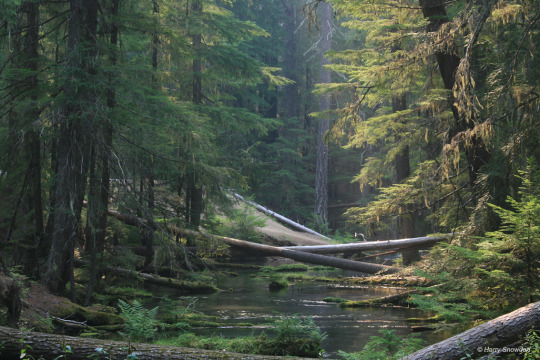
Clearwater River - Oregon
Harry Snowden
#photographers on tumblr#oregon#pnw#pacific northwest#Umpqua watershed#harry snowden#forest#nature#hiking#wildernesss
367 notes
·
View notes
Photo
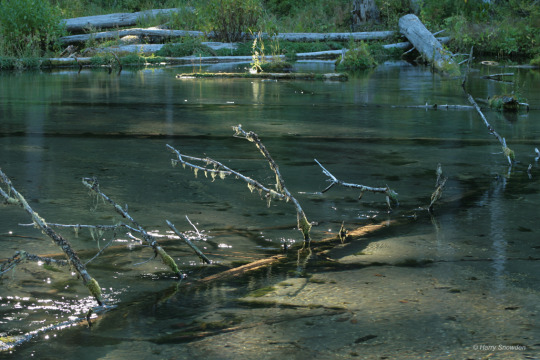
Evening Light - Oregon
Harry Snowden
#photographers on tumblr#pnw#oregon#hiking#rivers#volcanic#Umpqua watershed#evening light#original photography
47 notes
·
View notes
Link
Excerpt from this press release from the Center for Biological Diversity:
The National Marine Fisheries Service today announced it will consider Endangered Species Act protections for spring-run chinook salmon on the Oregon coast. Today’s positive finding responds to a 2019 petition by the Native Fish Society, Center for Biological Diversity and Umpqua Watersheds seeking safeguards for spring-run chinook salmon returning to rivers south of the Columbia River and north of Cape Blanco.
Spring chinook, which scientific evidence shows are distinct from fall-run salmon, return in the spring from the ocean to freshwater rivers, staying for many months in deep pools until they spawn in the fall. Currently, chinook salmon are managed as one population in this region.
“Spring chinook are truly the king of salmon but they still need our help to survive,” said Jeff Miller, a senior conservation advocate at the Center for Biological Diversity. “The Endangered Species Act has saved 99% of species under its protection, and it can save these magnificent fish too.”
“We were greatly relieved when Oregon recently limited wild spring chinook harvest on the main stem of the Umpqua River,” said Stanley Petrowski with Umpqua Watersheds. “It was absolutely needed because of the extremely low number of returning spawners in recent years. This decision to consider endangered species protections is an even more important step in the right direction to preserve this iconic species.”
The Fisheries Service found that listing Oregon spring chinook as threatened or endangered may be warranted, based on threats from logging, overfishing and low streamflow. The Fisheries Service will initiate a scientific status review and take public comments through June 13, 2020 before making a final decision on whether they warrant protection under the Endangered Species Act.
1 note
·
View note
Link

Excerpt from this Center for Biological Diversity press release:
The Native Fish Society, Center for Biological Diversity and Umpqua Watersheds today filed a petition to protect Oregon coast spring-run chinook salmon under the federal Endangered Species Act.
The safeguards would apply to salmon from below the Columbia River to Cape Blanco. Spring chinook, which are distinct from fall-run salmon, return in the spring from the ocean to freshwater rivers, staying for many months in deep pools until fall to spawn.
“Spring chinook up and down the West Coast have been cherished by many communities for their large size and exceptional taste, but sadly have undergone massive declines nearly everywhere they exist,” said Conrad Gowell, Fellowship Program Director with the Native Fish Society. “We hope this petition will be the beginning of a sustained and successful effort to reestablish abundant spring chinook on the Oregon coast.”
All runs of Oregon coast spring chinook have severely declined, and they have been completely wiped out in three coastal Oregon streams. Remaining spring chinook runs are threatened by depletion of stream flows during critical periods in summer and fall, due to logging, dams and water diversions. Other threats include habitat degradation and elevated stream temperatures caused by logging and road building, pollutants, river channelization, harvest in commercial and sport fisheries, predation by invasive fish, and climate change.
2 notes
·
View notes